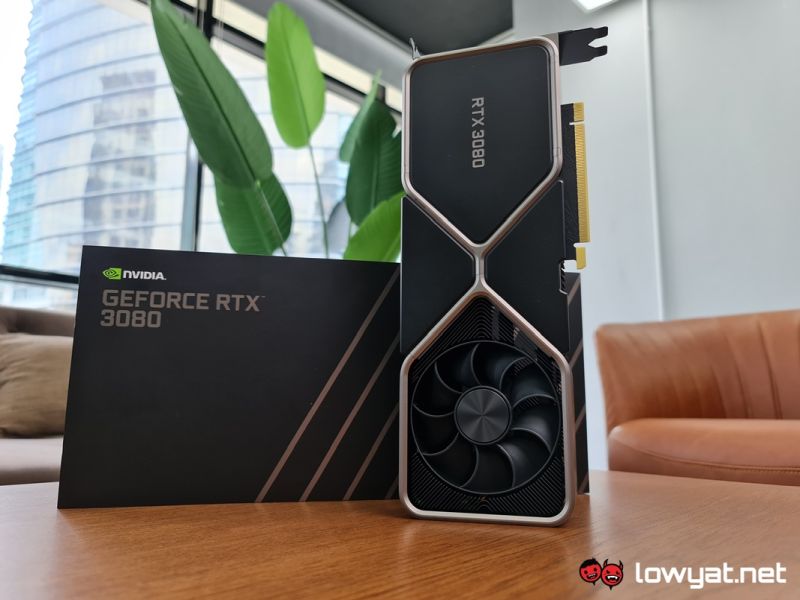Last week, NVIDIA officially gave the world of gaming a glimpse of the future, with the launch of its new GeForce RTX 30 series graphics cards, along with a promise of new and improved technology. On that note, one of the cards that will be hitting store shelves first is none other than the GeForce RTX 3080.
In this article, I’ll be both unboxing and taking a look at the card in question, but more specifically, I’ll be looking at the Founders Edition of the RTX 3080.
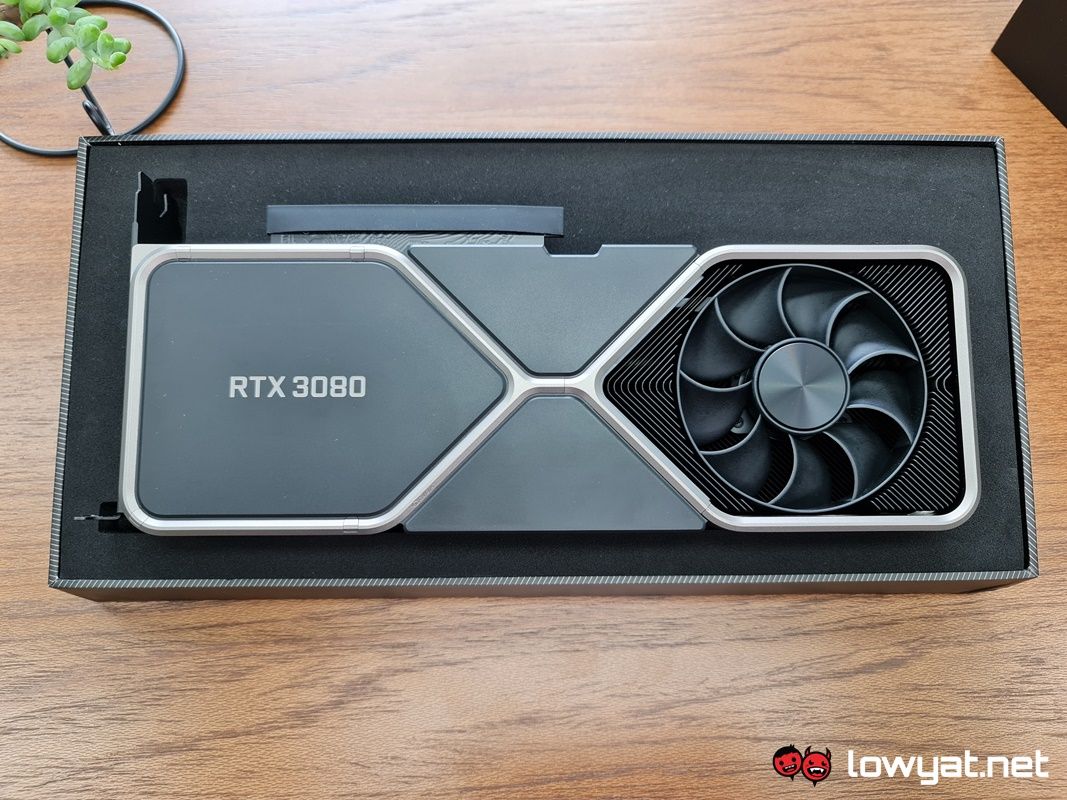
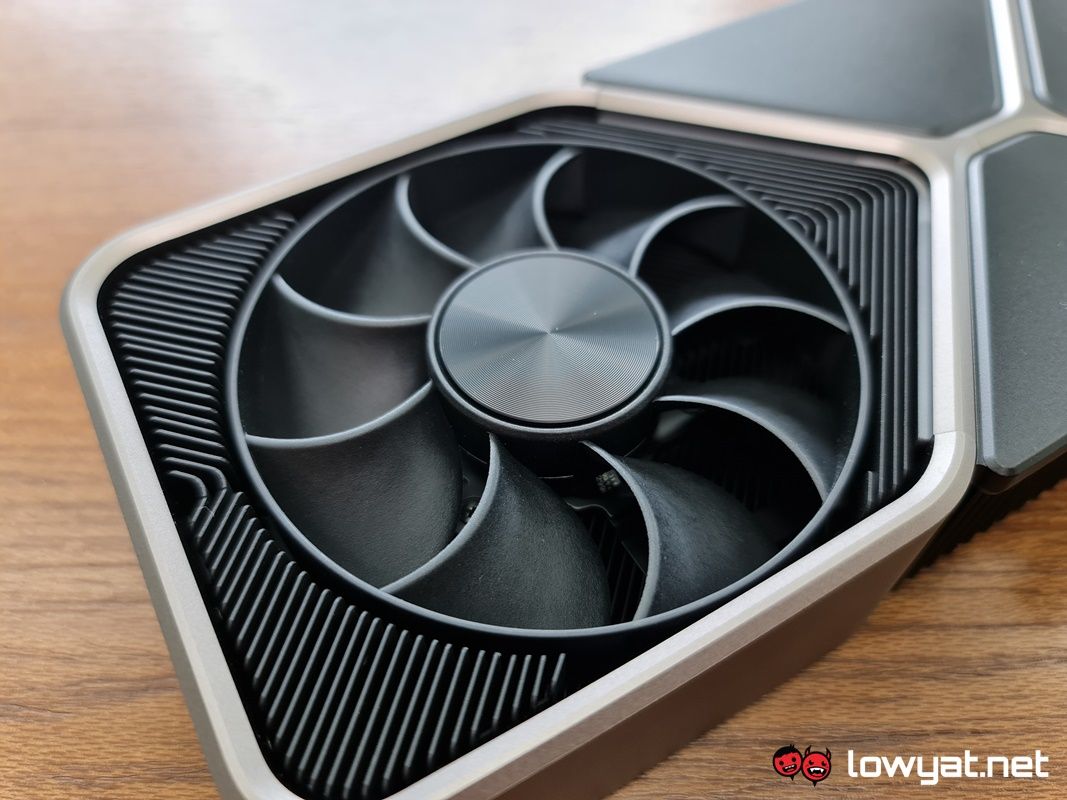
In terms of specs, the card is based on NVIDIA’s brand new 8nm Ampere GPU architecture, and is fuelled by the 10GB of GDDR6X graphics memory, that in turn runs at a speed of 19Gbps. Across a 384-bit memory bus. As per my earlier report, other performance details include 30 Shader-TFLOPS, 58 RT-FLOPS, and 238 Tensor-TFLOPS.
Unfortunately, that’s all the performance details I can give right now, and you’ll just have to wait for my review of the card to learn more about its gaming metrics.
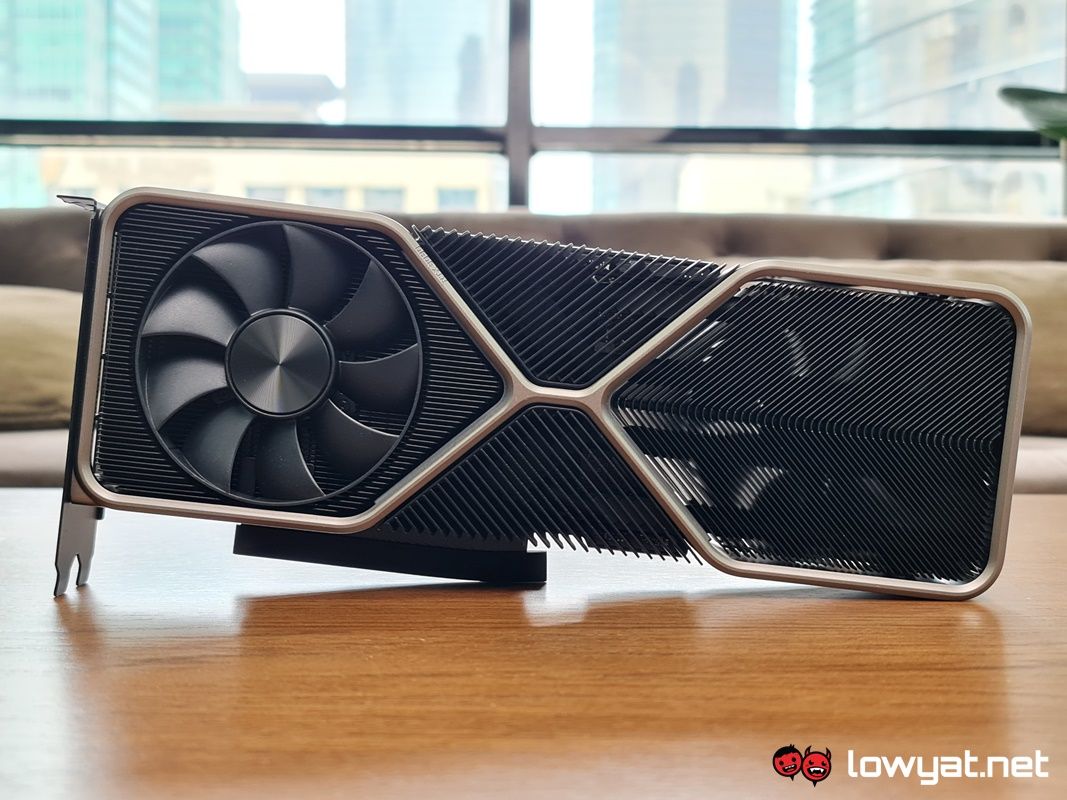
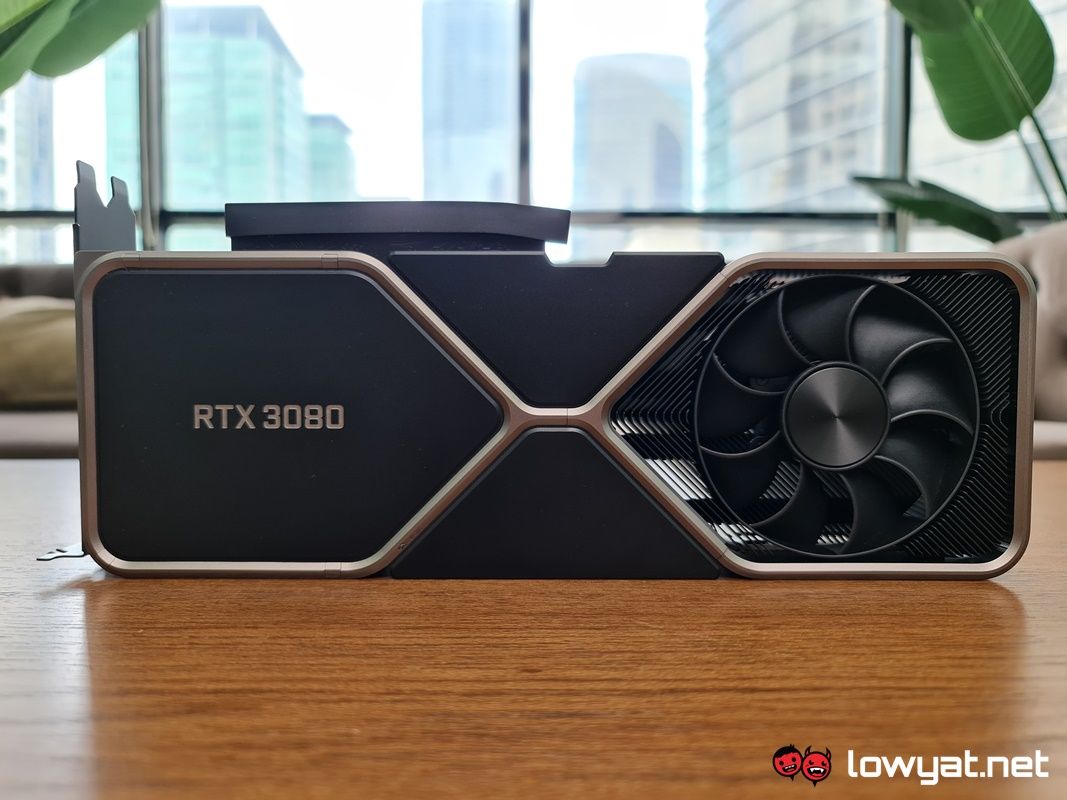
One of the more prominent, if not obvious, changes you’ll notice straight off the bat is the new cooler shroud design and fan orientation. Gone are the days of the conventional blower-style cooling solution, when NVIDIA evolved its design from a single fan to a dual-fan setup for last generation’s GeForce RTX 20 series.
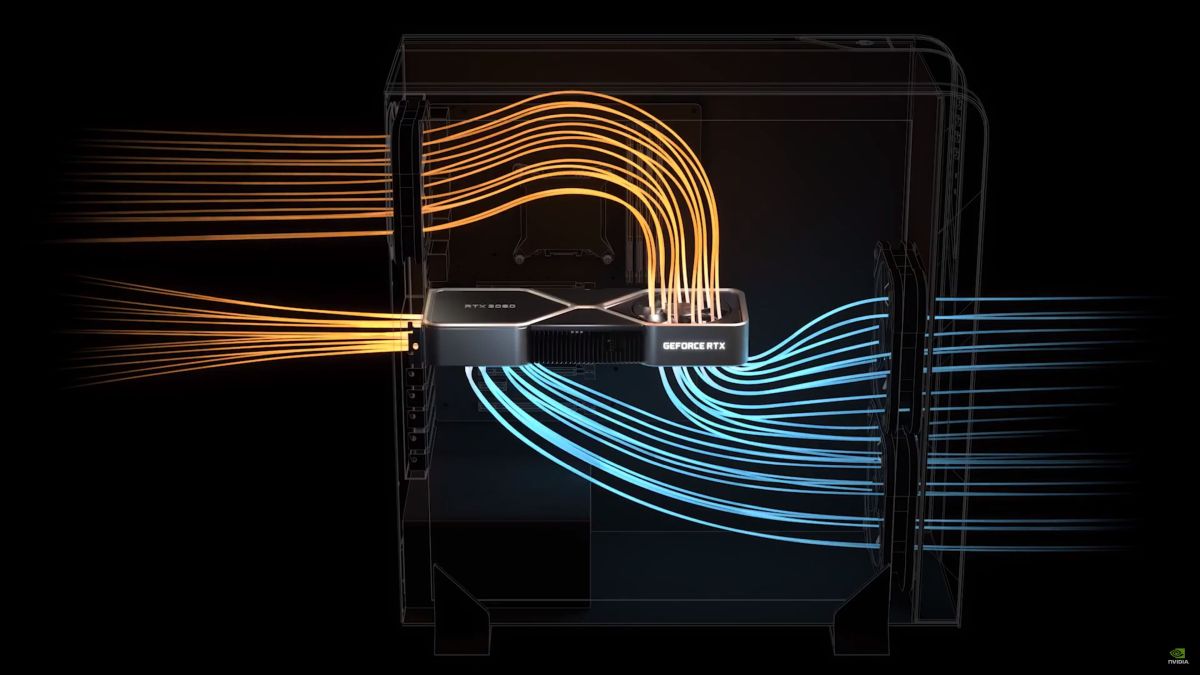
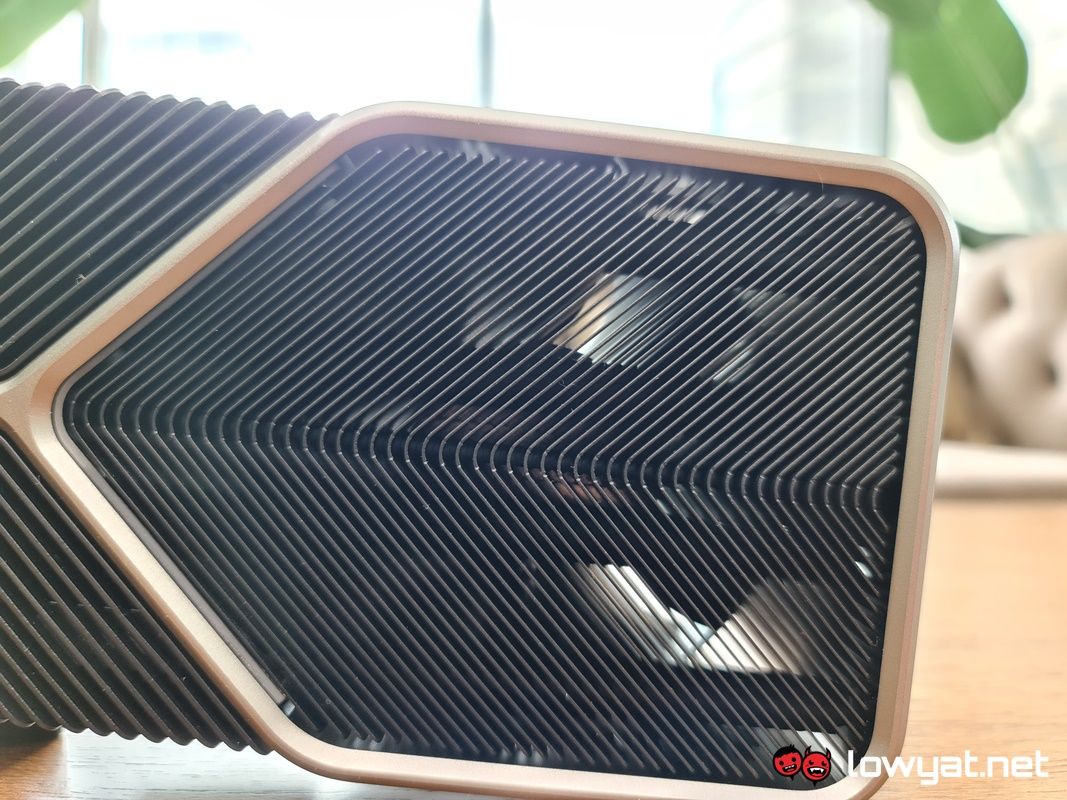
With the RTX 3080, NVIDIA decided to ramp things up and get radical; the end result is a card that’s considerably larger, both in its length and thickness (I know what you’re thinking, and grow up.) The large, uniquely designed and CNC cut heatsink is virtually exposed and only a quarter of it is covered, in order to divert the airflow out the back of the card.
On a side note, I love the little, intricate details NVIDIA has put on the card. Look closely, and you’ll see both the brand’s name and the card’s model engraved in the ridges of the cover.
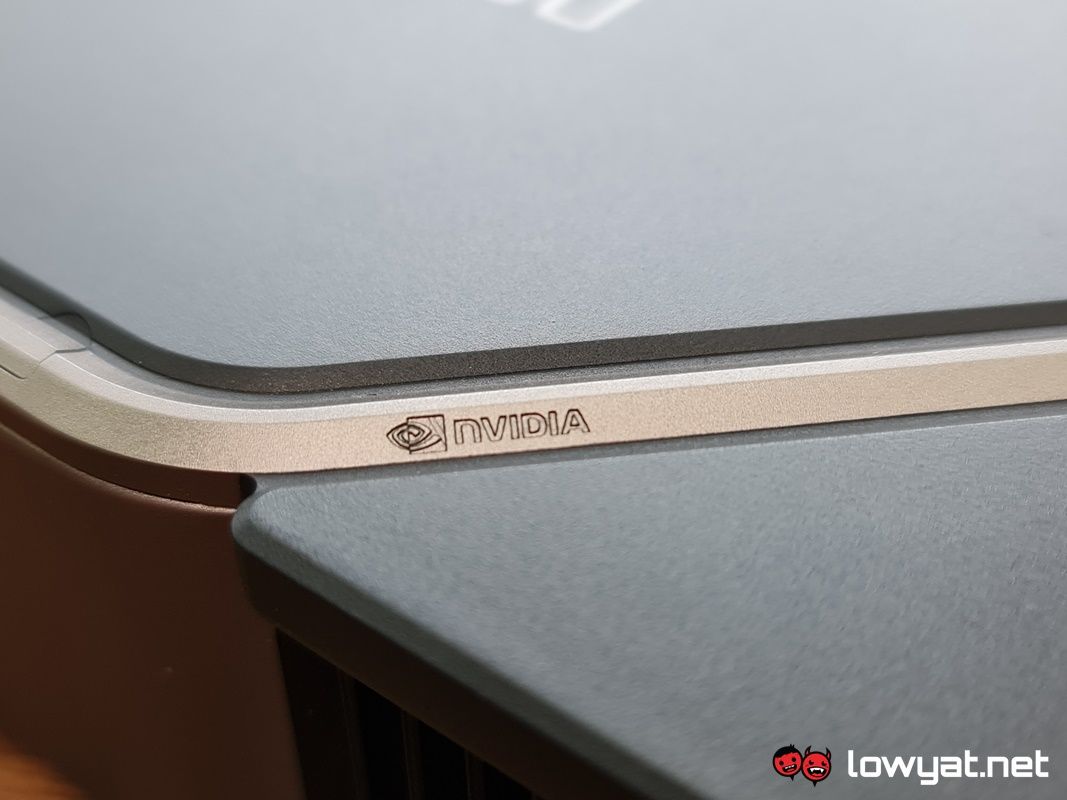
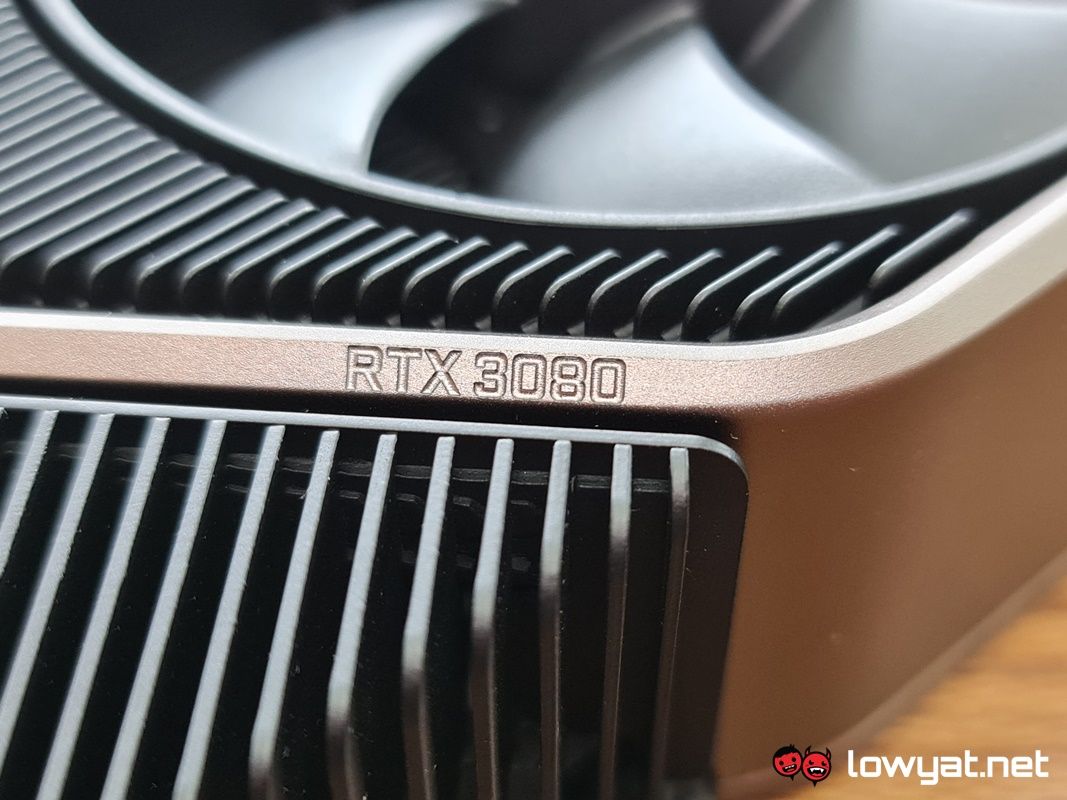
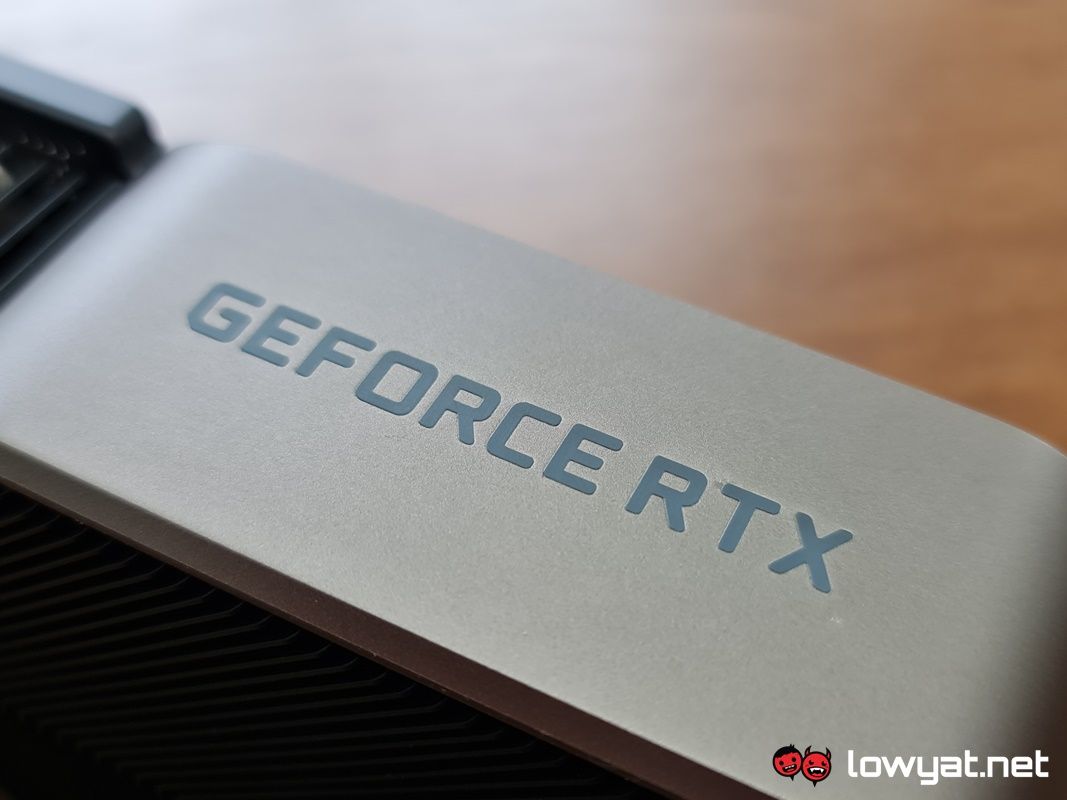
At the opposite end of the card, you find the second fan, fitted so that it pulls, not push, the air right through those fins. On that note, I guess I should point out that the fans on the RTX 3080 use a push-pull configuration, in order to exhaust the air out two fronts, in a manner of speaking.
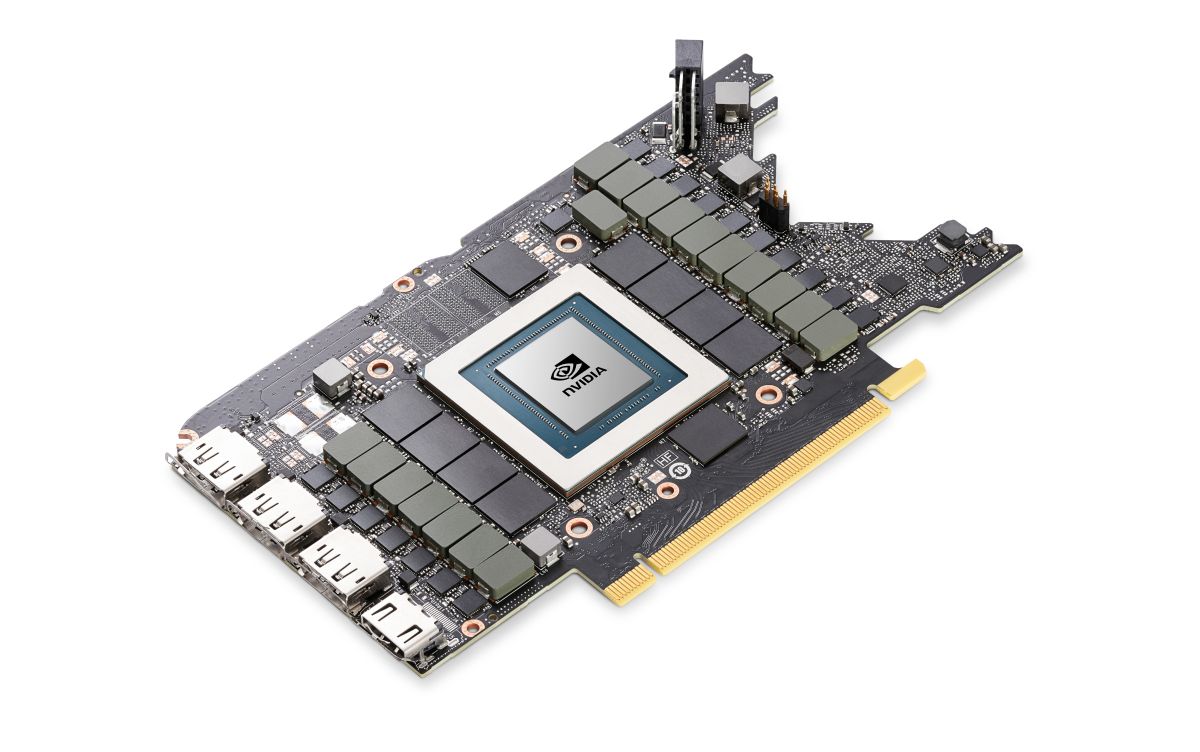
Beneath the fans and surprisingly light pile of fins and metal, lies the beating heart of the RTX 3080. Sadly, I can’t open disassemble the card at the moment, but as you can see from the image render graciously provided by NVIDIA, the PCB is really compact.
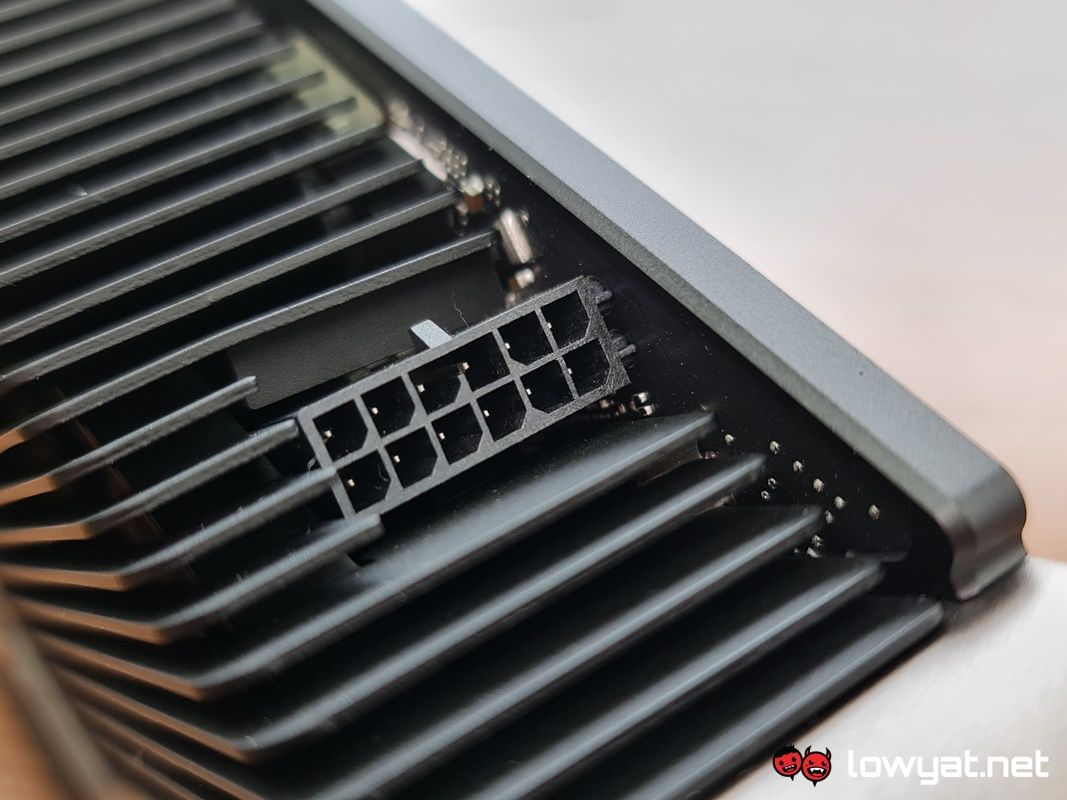
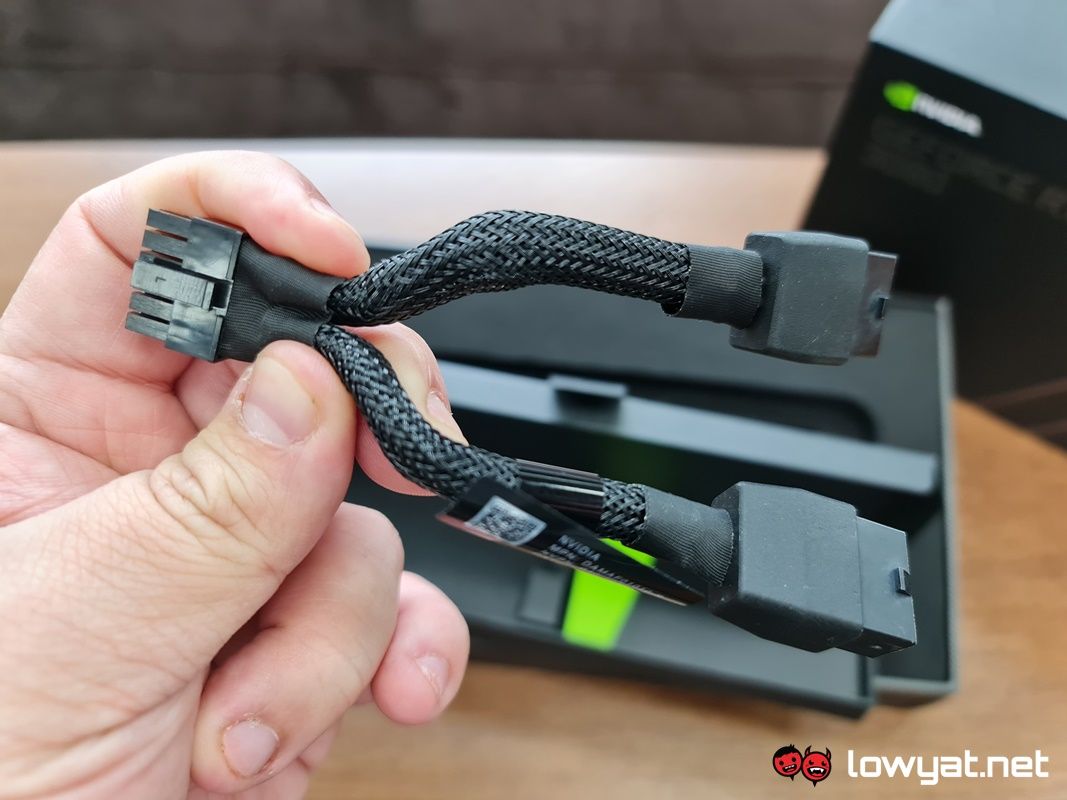
Another thing about the RTX 3080 Founders Edition is the new 12-pin PCIe connector port that feeds power to the card. Again, the new power port is exclusive only to the Founders Edition, and NVIDIA’s reason for it is was so it could feed more power into it without “compromising the integrity” of the PCB.
The good news is that I don’t have to swap out my PSU: NVIDIA graciously provides an adapter for each Founders Edition card and all it requires are two 8-pin PCIe connectors to be plugged in at one end of the adapter. While the other end is the 12-pin that connects to the card, obviously.
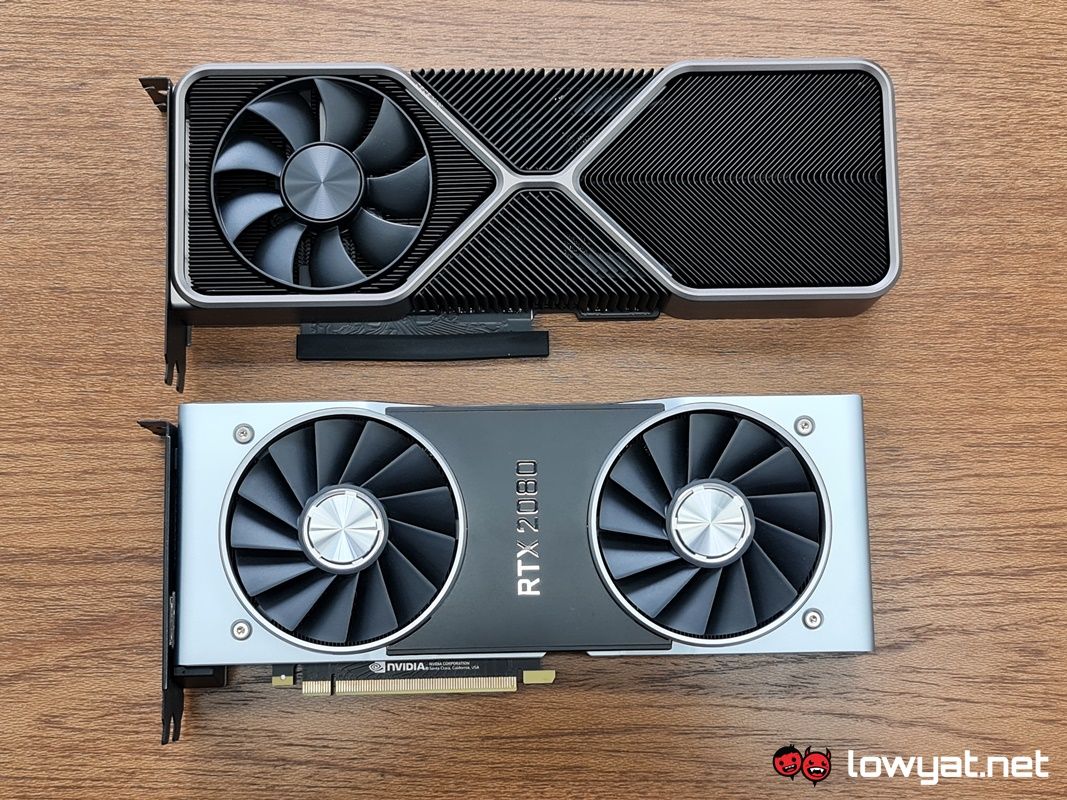
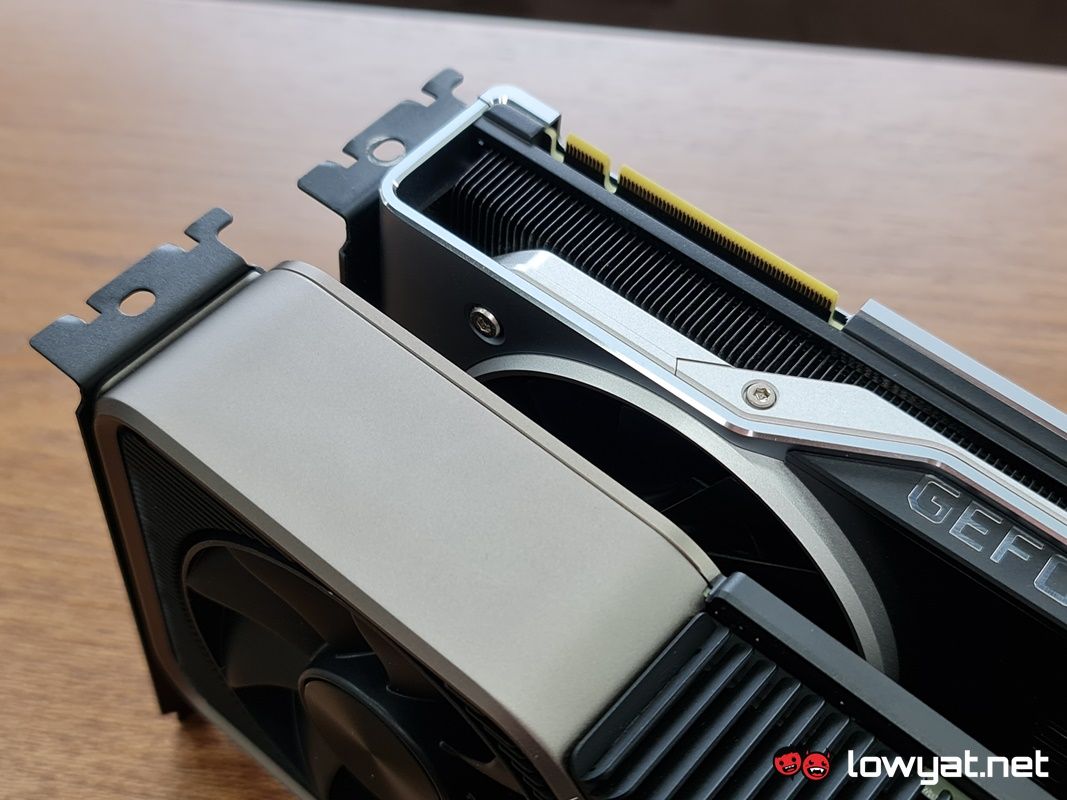
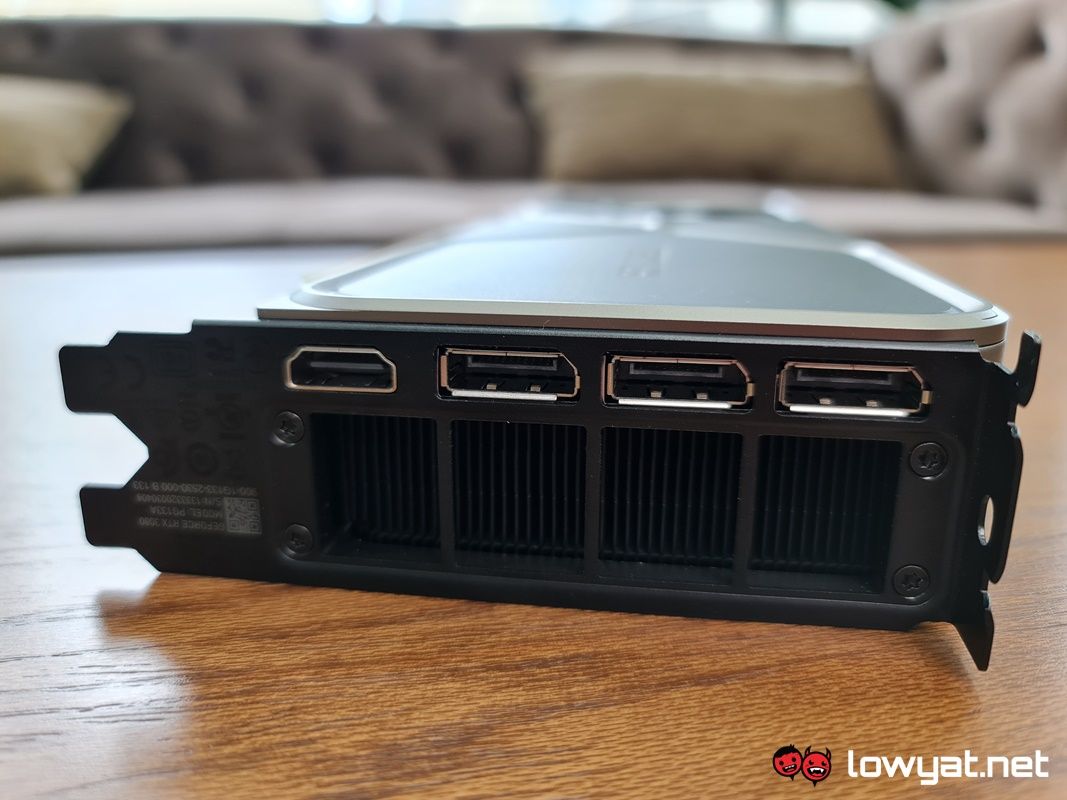
Around the back, the RTX 3080 Founders Edition comes with three DisplayPort 1.4a and one HDMI 2.1, and no sign of a USB-C port for VirtualLink. Speaking of absent features, the RTX 3080 Founders Edition also has no SLI fins on the side. Considering the card’s prowess, though, it is understandable why NVIDIA has chosen to forego the feature.
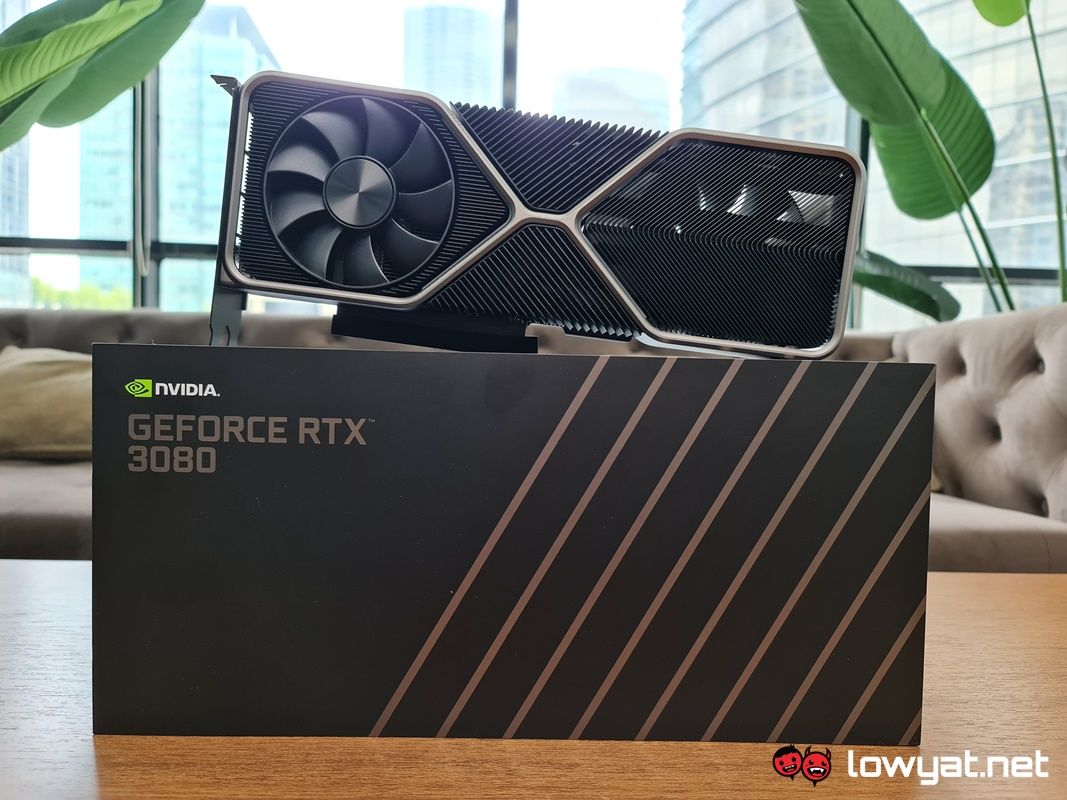
The NVIDIA GeForce RTX 3080 is set to be available from 17 September onwards. As mentioned before, tests and benchmarks with the RTX 3080 Founders Edition are still ongoing, and a full in-depth review of the card is on the way. On that note, keep an eye on our site for it.
Follow us on Instagram, Facebook, Twitter or Telegram for more updates and breaking news.


